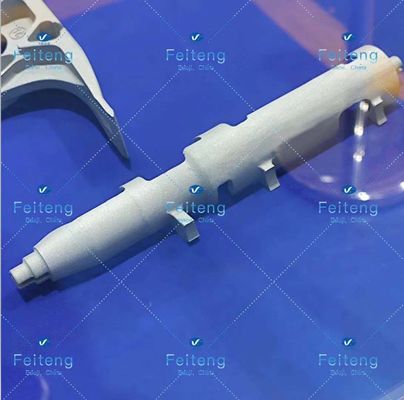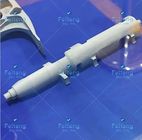Feiteng Grade 2 Titanium Alloy Casting
| Place of Origin | Baoji, Shaanxi, China |
|---|---|
| Brand Name | Feiteng |
| Certification | GB/T19001-2016 idt ISO9001:2015 GJB9001C-2017 |
| Model Number | Titanium Casting |
| Minimum Order Quantity | To be negotiated |
| Price | To be negotiated |
| Packaging Details | Wooden case |
| Delivery Time | To be negotiated |
| Payment Terms | T/T |
| Supply Ability | To be negotiated |

Contact me for free samples and coupons.
Whatsapp:0086 18588475571
Wechat: 0086 18588475571
Skype: sales10@aixton.com
If you have any concern, we provide 24-hour online help.
x| Brand Name | Feiteng | Model Number | Titanium Casting |
|---|---|---|---|
| Certification | GB/T19001-2016 Idt ISO9001:2015 MANAGEMENT SYSTEM CNAS C034-M | Place Of Origin | Baoji, Shaanxi, China |
| Packaging | Wooden Case | ||
| Highlight | Grade 2 Titanium Alloy Casting,Feiteng Titanium Alloy Casting,High Specification Strength Titanium Casting |
||
Titanium Casting ASTM B367 Gr2 Titanium Castings Titanium MateriaI
| Name | Titanium Casting |
| Grade | Gr2 |
| Material | Titanium |
| Standard | ASTM B367 |
| Packaging | Wooden case |
| Delivery |
Xi'an port, Beijing port, Shanghai port, Guangzhou port, Shenzhen port |
Castings have a long history of application. Ancient people made castings and some living utensils. In modern times, castings are mainly used as blanks for machine parts, and some precision castings can also be directly used as machine parts. Casting occupies a large proportion in mechanical products, such as tractors, casting weight accounts for about 50 ~ 70% of the overall weight, agricultural machinery accounted for 40 ~ 70%, machine tools, internal combustion engines, up to 70 ~ 90%. Among all kinds of castings, mechanical castings have the largest variety, the most complex shape and the largest dosage, accounting for about 60% of the total casting output. Followed by metallurgical steel ingot mold and engineering pipes, as well as some tools in life. There are many classification methods for castings: according to the different metal materials used, they are divided into steel castings, cast iron castings, copper castings, aluminum castings, magnesium castings, zinc castings, titanium castings and so on. Each type of casting can be further divided into different types according to its chemical composition or metallographic structure. For example, cast iron can be divided into gray cast iron, nodular cast iron, vermicular cast iron, malleable cast iron, alloy cast iron, etc. According to the different casting methods, castings can be divided into ordinary sand castings, metal castings, die castings, centrifugal castings, continuous casting parts, investment castings, ceramic castings, electroslag remelting castings, bimetal castings, etc. Among them, ordinary sand casting is the most used, accounting for about 80% of the total casting output. And aluminum, magnesium, zinc and other non-ferrous metal castings, most of them are die castings.
Features
Low Density and High Specification Strength
2. Excellent Corrosion Resistance
3. Good Resistance to Effect of Heat
4. Excellent Bearing to Cryogenics Property





